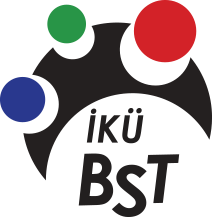Respiratory Tract Chronic Diseases: Persons suffering from respiratory tract diseases, such as asthma and emphysema, may have disability as they face respiratory disorders.
Chemicals or scents should be applied carefully and reasonably in the environment shared with patients who have respiratory disorders.
An effective ventilation system should be used indoors.
Epilepsy: The disease is characterized by the temporary change in the electrical activity of the brain due to seizures. Epileptic spasms and unconsciousness may occur during the seizures.
Exposure to audio-based signal devices and flashing lights may trigger seizures. This should be taken into consideration in workplace and living spaces, and the necessary measures should be taken.
Difficulty in Learning: Most people who have difficulty learning live with this disorder throughout their entire lives. Actually, most of them have intelligence levels equal to or better than average. Demonstrating high-quality performance in education and business life, these individuals may face difficulties in some periods of their business and educational lives. This group of persons with disability includes dyslexic persons.
Requirements:
- Providing education or business directives verbally is more effective.
- Persons with dyslexia might need more time to read. They may be instructed by being read informational texts.
- They may require finding a way of receiving information or directives themselves.
- Silent and isolated places where they are not distracted during an examination or while working would be better.
Some people who have difficulty learning:
May ask for written directives if they are not able to follow some simple directives.


